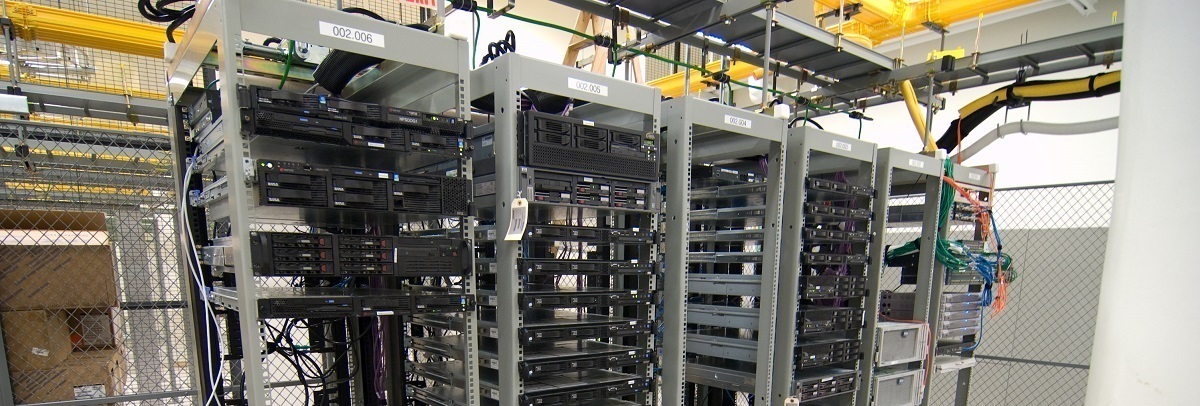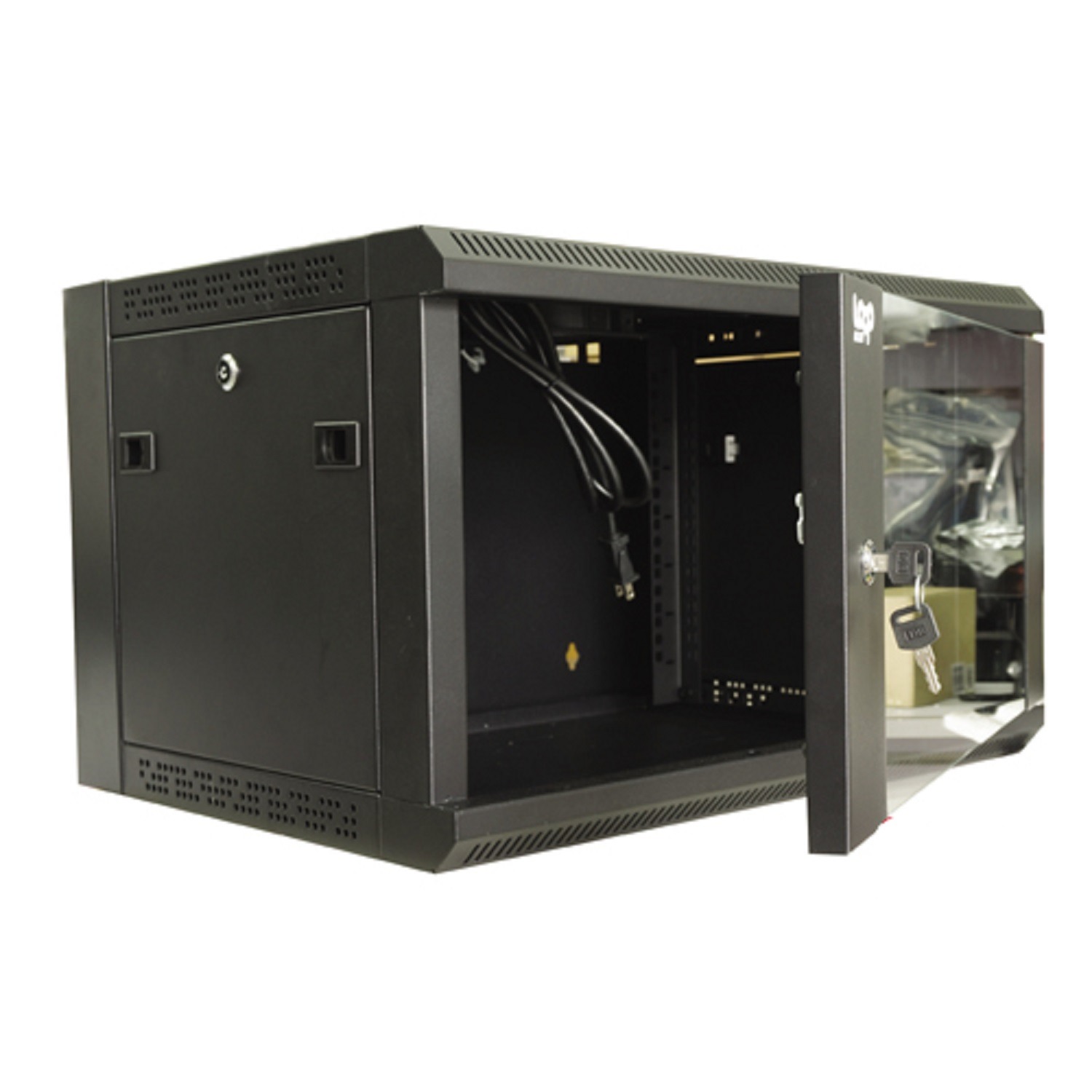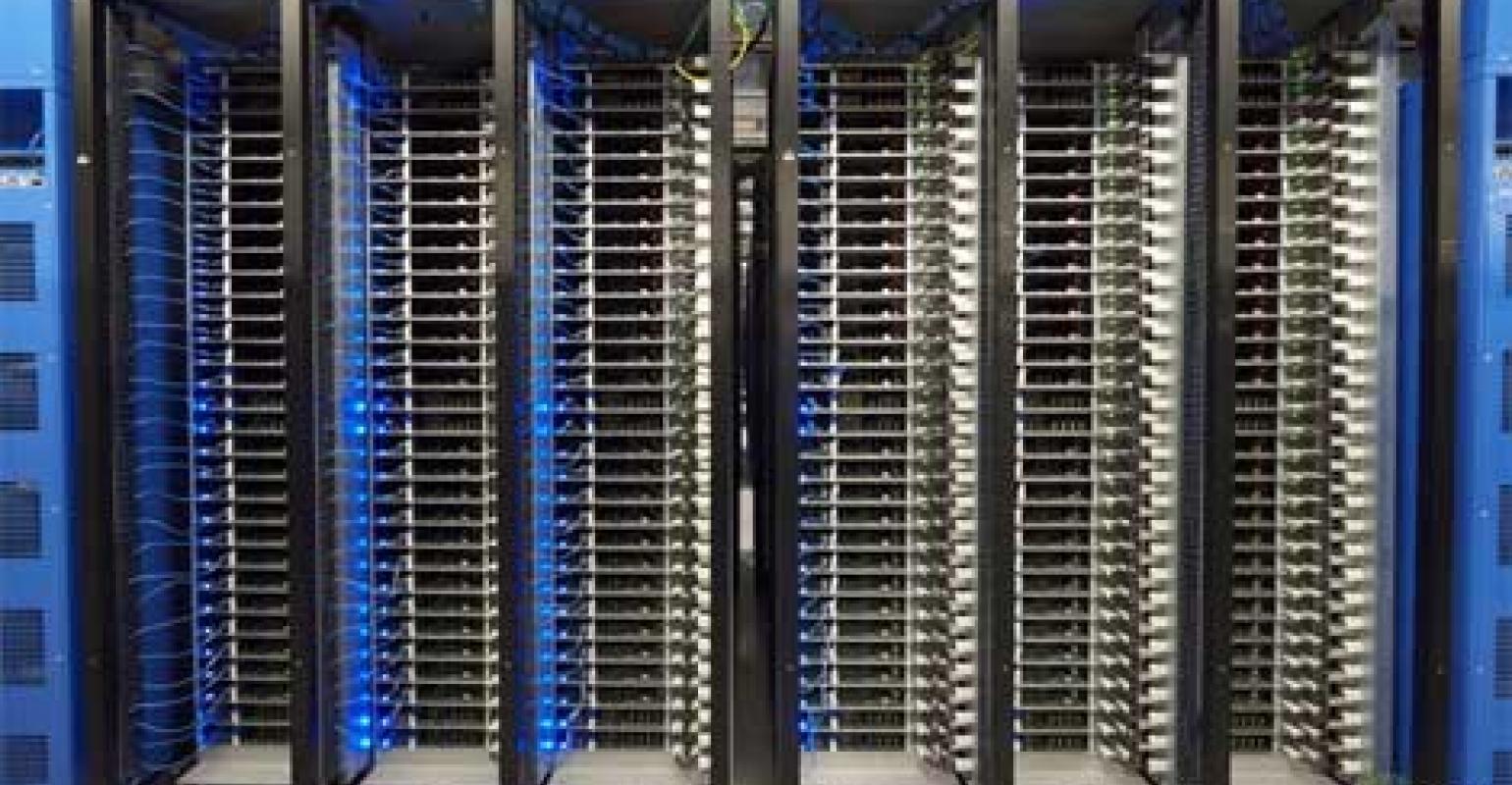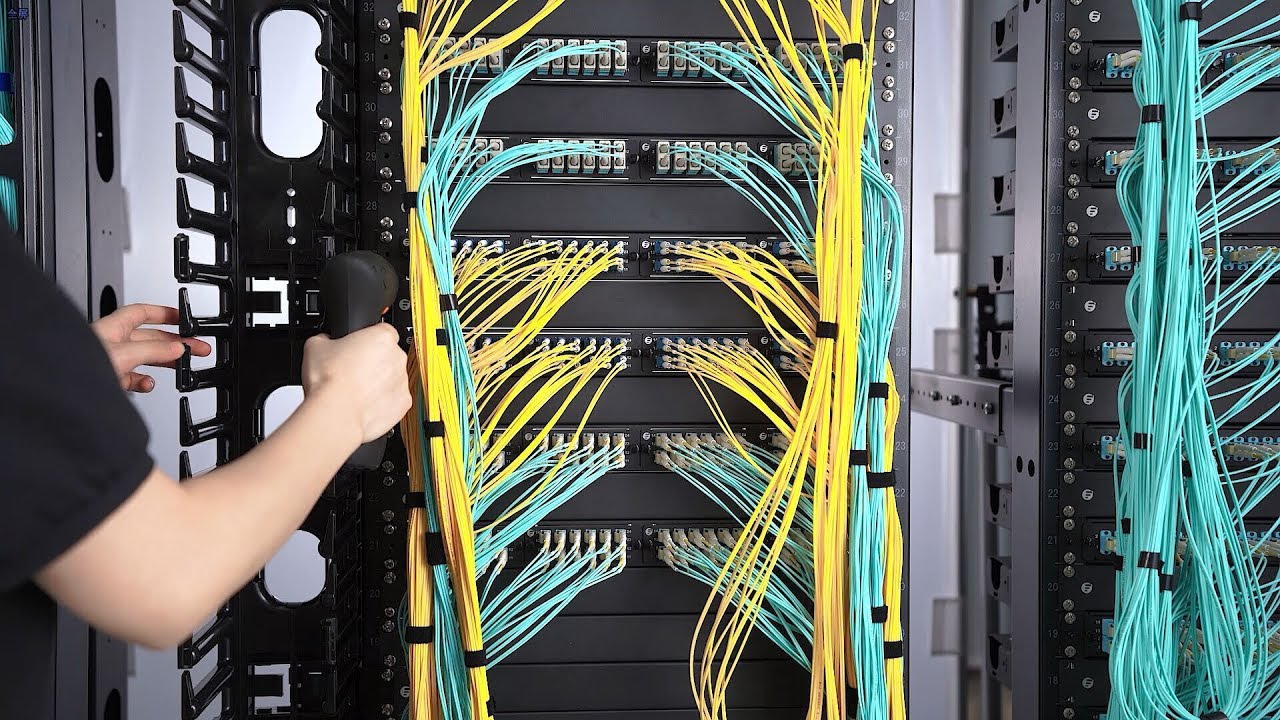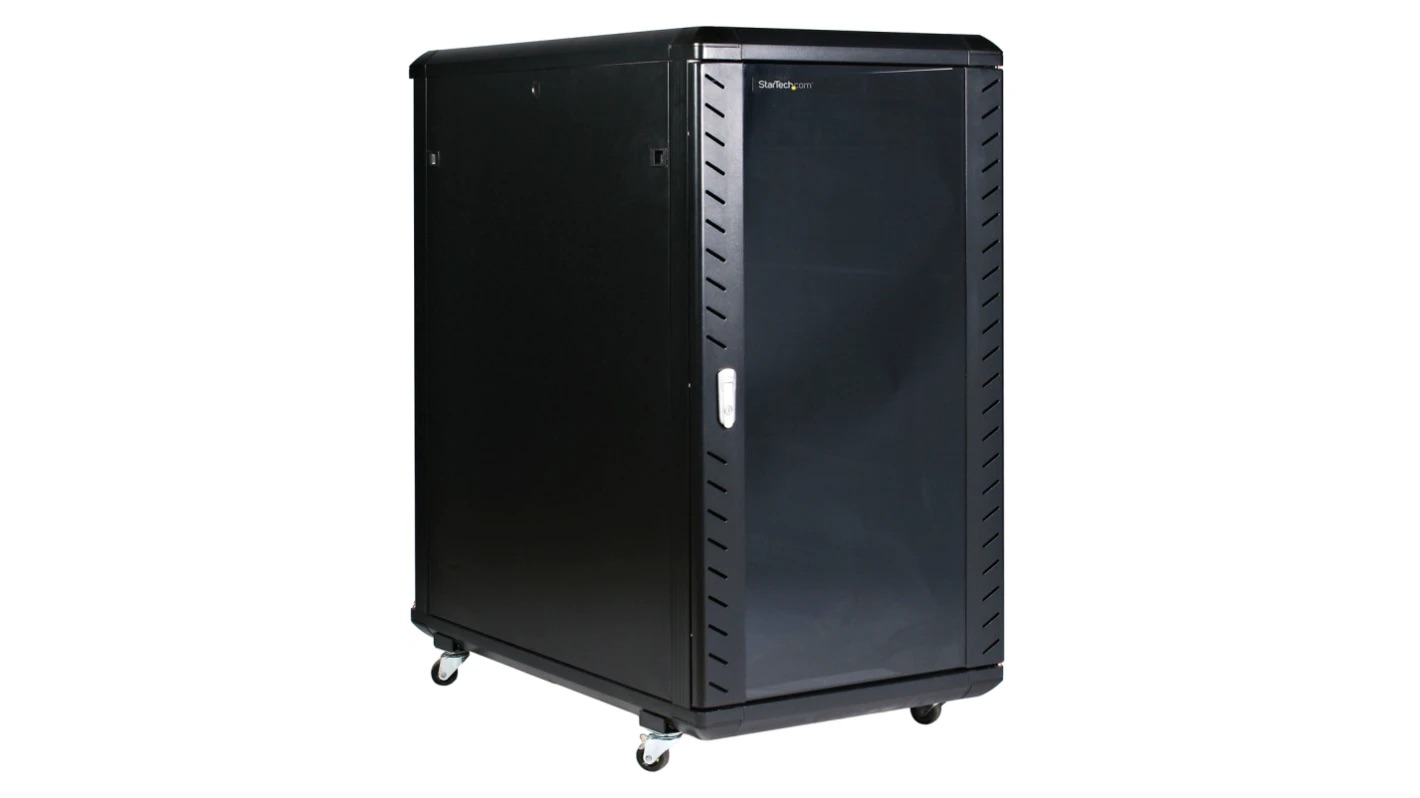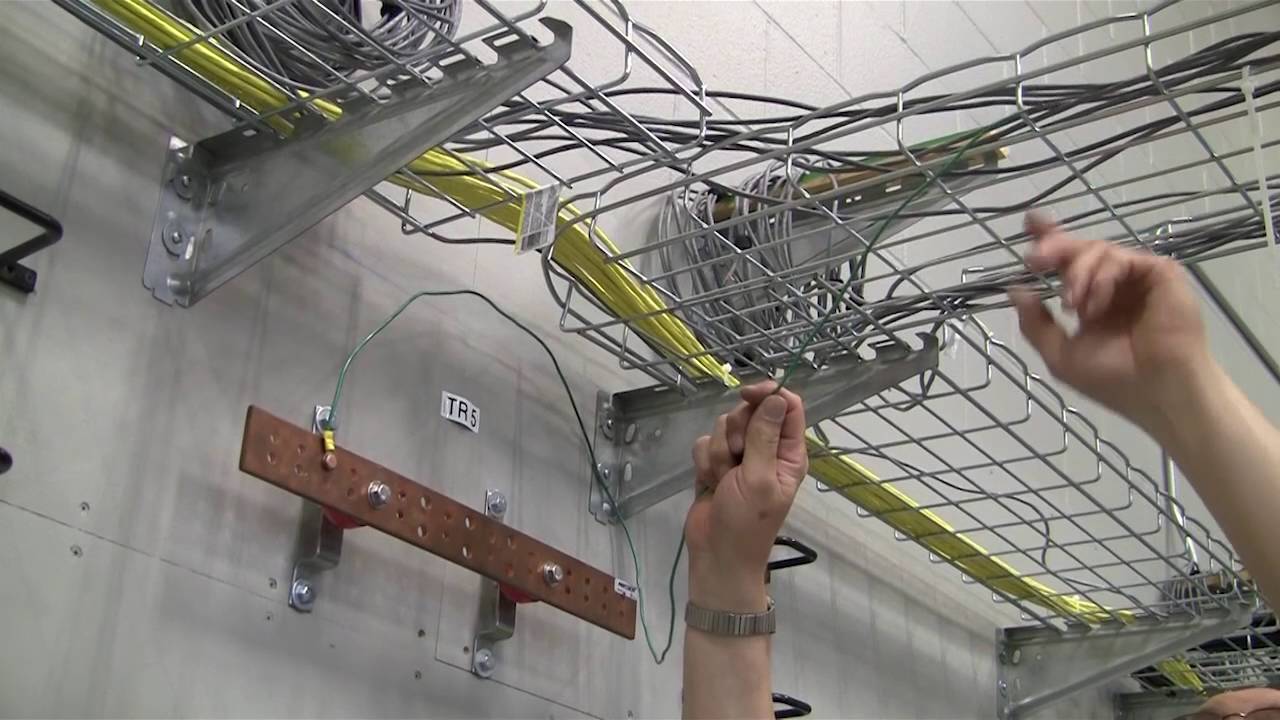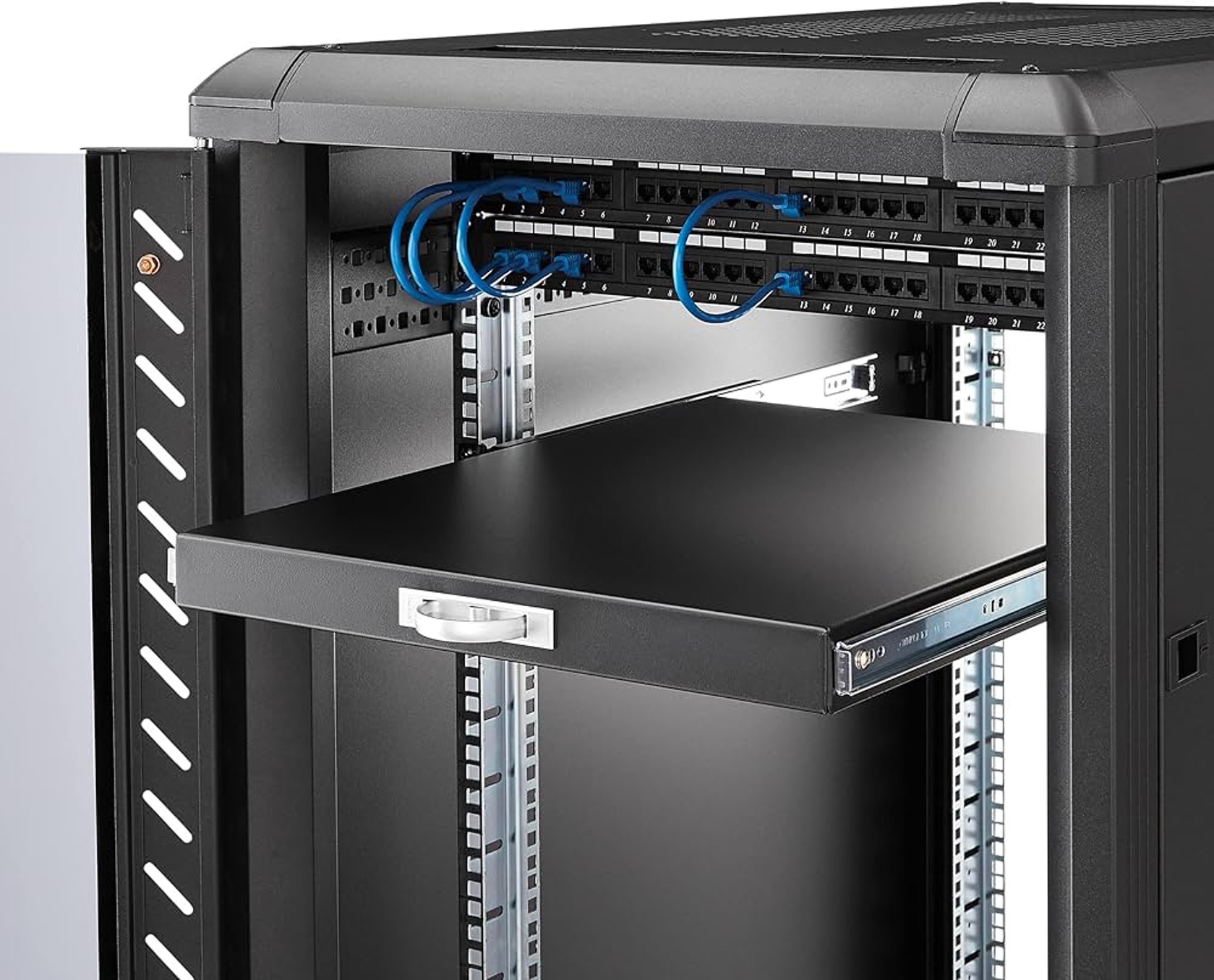Introduction
Server racks are an essential component of any data center or server room. They provide a centralized and organized way to house multiple servers, networking equipment, and other related hardware. One common question that arises when setting up a server rack is how many servers can be accommodated on a single rack. The answer to this question depends on various factors, including the size of the rack and the specifications of the servers being used.
Understanding the concept of server racks is crucial in comprehending the capacity and limitations they offer. Server racks are vertical frames with standardized dimensions that allow for the installation of multiple servers and related equipment. These racks are designed to maximize space utilization and facilitate efficient cabling and cooling systems.
When determining the number of servers that can be installed on a rack, several important factors need to be taken into consideration. The size of the server rack and the compatibility with different server sizes play a significant role in accommodating the desired number of servers. Additionally, it is essential to consider the power and cooling requirements of the servers, as these factors directly impact the overall capacity and performance of the rack.
Server racks come in various sizes, with the most common being 42U and 48U heights. The height of a rack is measured in rack units (U), where each unit is equivalent to 1.75 inches (44.45mm) of vertical space. So, a 42U rack would have a height of 73.5 inches (1866.9mm), and a 48U rack would be around 84 inches (2133.6mm) tall. The depth and width of racks also vary to accommodate different server sizes and form factors.
One of the most crucial factors in determining the number of servers that can be installed in a rack is the server’s form factor. The most common server form factors are 1U, 2U, and 4U. Each form factor has its own height and dimensions, with 1U being the smallest and 4U being the largest. It’s important to note that the server’s form factor should align with the rack’s specifications to ensure proper installation and airflow.
Calculating the number of servers that can fit on a rack involves considering the available rack units and how many units each server occupies. This calculation takes into account any space needed for networking equipment, power distribution units (PDUs), and other hardware. By properly calculating and arranging the servers, data centers and server rooms can achieve optimal capacity utilization while maintaining efficient cooling and power management.
In this article, we will delve deeper into the different factors to consider when determining the number of servers that can be accommodated on a rack. We will explore the various rack sizes and server capacities, as well as provide best practices for server rack placement. By the end, you will have a clear understanding of how to maximize the potential of your server rack and make informed decisions when setting up your data center or server room.
Understanding Server Racks
Server racks are the backbone of any well-organized and efficient data center or server room. These racks provide a systematic and space-saving solution for housing multiple servers, networking equipment, and other related hardware. Understanding the key features and components of server racks is crucial for optimizing the utilization and performance of these essential infrastructure pieces.
Server racks are designed to provide a standardized and modular framework for mounting servers and other equipment. They typically consist of a metal frame with vertical mounting rails and adjustable brackets. The standard width of a server rack is 19 inches, allowing for compatibility with a wide range of server and networking equipment sizes.
The height of a server rack is measured in rack units (U), with each unit representing 1.75 inches (44.45mm) of vertical space. The most common rack heights are 42U and 48U, although racks with other configurations are also available. The depth of a server rack can vary depending on the specific model and manufacturer, accommodating different server sizes and form factors.
Server racks are designed to facilitate proper airflow and cooling for the servers and other equipment housed within them. They feature perforated front and rear doors, as well as vented side panels, allowing for ample airflow to prevent overheating. Cable management features, including cable management arms and vertical cable managers, help achieve organized and tidy cabling, reducing the risk of tangling or blocking airflow.
One important consideration when setting up a server rack is the load-bearing capacity it can handle. The weight capacity of a rack depends on various factors, including the construction materials and design. It is important to ensure that the rack can support the weight of the servers and equipment being installed, as well as any additional accessories or storage devices.
Another crucial aspect of understanding server racks is the compatibility of the server and networking equipment with the rack’s specifications. Servers come in different form factors, such as 1U, 2U, or 4U, which determine their height. It is essential to select a server rack that can accommodate the chosen form factor to ensure a proper fit and efficient use of space.
Furthermore, server racks often feature additional accessories and components that enhance their functionality. These include slide-out shelves for convenient server maintenance, keyboard trays for easy access, and locking mechanisms for enhanced security. These features can greatly improve the overall efficiency and usability of the rack, making it easier to manage and maintain the servers and equipment.
In this section, we have explored the fundamental aspects of server racks, such as their design, dimensions, airflow considerations, load-bearing capacity, and compatibility with different server form factors. By understanding these key factors, you can make informed decisions when selecting and setting up server racks in your data center or server room. The next section will delve into the various factors that need to be considered when determining the number of servers that can be accommodated on a rack.
Factors to Consider
When it comes to determining the number of servers that can be accommodated on a server rack, several factors need to be taken into consideration. These factors play a crucial role in not only the physical limitations of the rack but also the overall performance and efficiency of the servers and the data center or server room as a whole. Let’s explore these factors in detail.
1. Rack Size: The size of the server rack is one of the most obvious factors to consider. The rack’s dimensions, including height, width, and depth, determine its capacity to house servers. Common rack heights include 42U and 48U, while widths may vary. Ensure that the rack size aligns with the specific needs and requirements of your servers and equipment.
2. Server Form Factor: The form factor of the servers is an important consideration. Servers typically come in 1U, 2U, or 4U sizes, with 1U being the smallest and 4U being the largest. Ensure that the chosen rack can accommodate the form factor of your servers, considering their height, depth, and width.
3. Power Requirements: It is important to consider the power requirements of the servers when determining the number of servers that can be accommodated on a rack. Each server consumes a certain amount of power, and the rack should have the necessary power distribution units (PDUs) and power capacity to meet the power demands of the servers.
4. Cooling and Airflow: Proper cooling and airflow are crucial for maintaining optimal server performance and preventing overheating. The rack should have adequate ventilation, such as perforated front and rear doors and vented side panels, to allow for proper airflow. Additionally, consider the cooling capacity and the ability to manage cable arrangements to avoid airflow obstruction.
5. Networking Equipment and Accessories: In addition to servers, racks often need to accommodate networking equipment such as switches, routers, and firewalls. Consider the space requirements of these networking devices when determining the number of servers that can fit on a rack. Additionally, consider any additional accessories, such as storage devices or backup systems, that may need to be installed in the rack.
6. Future Scalability: It is important to plan for future growth and scalability when setting up a server rack. Consider the potential expansion of the server infrastructure and ensure that the chosen rack can accommodate additional servers if needed. Leaving room for future growth will save time and effort later on when expanding the infrastructure.
By carefully considering these factors, you can ensure that your server rack is optimized for space utilization, power requirements, cooling, and scalability. This will result in an efficient and reliable server infrastructure that can meet the demands of your organization. In the next section, we will explore the different sizes of server racks available in the market.
Server Rack Sizes
Server racks come in various sizes, allowing for flexibility and customization based on the specific needs of a data center or server room. The size of the rack refers to its vertical height, and it is typically measured in rack units (U). Understanding the different rack sizes available is crucial for determining the number of servers that can be accommodated on a rack and for optimizing space utilization.
The most common rack heights are 42U and 48U, although racks with other configurations are also available. A 42U rack has a height of 73.5 inches (1866.9mm), while a 48U rack stands at approximately 84 inches (2133.6mm) tall. The height of the rack determines the number of rack units available for installing servers and other equipment.
In addition to the vertical height, server racks also have standard widths of 19 inches (482.6mm). This standard width allows for compatibility with a wide range of server and networking equipment sizes. The depth of server racks can vary depending on the specific model and manufacturer. It is crucial to consider the depth of the rack to ensure compatibility with the depth requirements of the servers and other equipment.
Racks with larger heights, such as 48U, offer more space for servers and equipment. They are suitable for larger data centers or server rooms that require a significant number of servers. On the other hand, smaller racks with heights of 42U are more commonly found and are suitable for medium-sized infrastructure setups.
It’s important to note that the number of usable rack units may be slightly less than the height of the rack due to the space needed for vertical cable management, PDUs, and other accessories. These components take up valuable rack units and should be accounted for when planning the number of servers that can be installed.
When choosing a server rack size, it is necessary to consider the current and future needs of the server infrastructure. Having ample rack space for expansion and additional equipment is essential for scalability. Opting for a larger rack size initially, even if it is not fully utilized, allows for future growth and avoids the need to replace the rack once the infrastructure expands.
Furthermore, the physical space available for the rack should be considered when deciding on the rack size. Adequate space must be allocated for the rack’s height, width, and depth, along with sufficient clearance for proper airflow and maintenance access.
In summary, server racks are available in various sizes, with 42U and 48U being the most common configurations. The selection of the rack size should take into account the number of servers and equipment to be installed, future scalability requirements, and the physical space available. By choosing the appropriate rack size, you can optimize the utilization of space and ensure that the server infrastructure remains adaptable to changing needs and future growth.
Rack Server Capacities
Understanding the capacity of a rack server is crucial for determining the number of servers that can be effectively housed in a server rack. Rack server capacity refers to the maximum number of servers that a rack can accommodate based on its size and configuration. It is important to consider the physical dimensions, power requirements, and cooling capabilities of the rack to ensure optimal performance and efficiency.
The capacity of a rack server depends on several factors, including the size of the rack and the form factor of the servers. Rack sizes are commonly measured in rack units (U), with each unit representing 1.75 inches (44.45mm) of vertical space. The most common rack heights are 42U and 48U, offering ample space for installing multiple servers.
When determining rack server capacity, it is crucial to consider the form factor of the servers. The form factor determines the height and dimensions of the servers, with the most common form factors being 1U, 2U, and 4U. A 1U server occupies one rack unit, a 2U server occupies two rack units, and so on. By aligning the form factor of the servers with the rack’s specifications, you can effectively calculate the number of servers that can fit in the available rack units.
Aside from the physical dimensions, power requirements are another important consideration for rack server capacity. Servers consume varying amounts of power depending on their configuration and workload. It is essential to ensure that the rack has sufficient power distribution units (PDUs) and power capacity to meet the power demands of the installed servers.
Cooling capabilities also play a significant role in rack server capacity. Servers generate heat during operation, and proper cooling is necessary to maintain optimal performance and prevent overheating. The rack should have adequate ventilation, such as perforated front and rear doors, vented side panels, and proper cable management, to ensure efficient airflow and cooling throughout the rack.
To calculate the rack server capacity, you need to consider the total number of rack units available in the rack and the number of rack units each server occupies. For example, if you have a 42U rack and your servers are 2U each, you can fit up to 21 servers in the rack. However, keep in mind that additional rack units may be required for networking equipment, PDUs, and other accessories.
It is important to note that servers with different form factors can be mixed in a single rack, allowing for a diversified infrastructure with various server configurations. By properly arranging the servers and considering the power and cooling requirements, you can achieve optimal capacity utilization while ensuring the overall performance and reliability of the server infrastructure.
In summary, rack server capacity is determined by the size and form factor of the servers, the available rack units, power requirements, and cooling capabilities. By considering these factors, you can effectively calculate the number of servers that can be accommodated in a server rack. This allows for efficient space utilization and ensures that the rack can support the servers’ power and cooling needs. In the next section, we will explore how to calculate the number of servers that can fit in a rack.
Calculating the Number of Servers on a Rack
Calculating the number of servers that can be accommodated on a rack involves considering the available rack units and the number of rack units each server occupies. This calculation allows for efficient space utilization and ensures that the rack can support the power and cooling requirements of the servers. Here’s a step-by-step guide to calculating the number of servers on a rack:
1. Determine the rack size: Start by determining the size of the server rack in terms of rack units (U). The most common rack heights are 42U and 48U, although other configurations may be available. Remember that additional rack units may be required for networking equipment, PDUs, and other accessories.
2. Identify the server form factor: The form factor of the servers determines the number of rack units each server occupies. Common form factors include 1U, 2U, and 4U. Calculate the space required by each server based on their form factor.
3. Consider additional equipment: Take into account any additional equipment such as networking devices, storage devices, and PDUs that need to be installed in the rack. Determine the number of rack units required for these additional components.
4. Calculate the available rack units: Subtract the rack units occupied by the additional equipment from the total number of rack units available in the rack. This will give you the total number of rack units available for the servers.
5. Divide the available rack units by the rack unit requirement per server: Divide the number of available rack units by the number of rack units each server requires. For example, if you have 32 available rack units and each server is 2U, you can fit 16 servers in the rack.
6. Consider power and cooling requirements: Ensure that the rack can accommodate the power requirements of the servers, with sufficient power distribution units (PDUs) and power capacity. Additionally, consider the cooling capacity and proper airflow arrangements to prevent overheating.
7. Leave room for expansion: It’s always a good practice to leave some additional rack units for future expansion. This allows for scalability and flexibility in case more servers need to be added to the infrastructure later on.
By following these steps and considering the various factors involved, you can accurately calculate the number of servers that can be accommodated on a rack. This ensures efficient space utilization, optimal power and cooling management, and future scalability. It’s important to periodically reevaluate the rack capacity as the infrastructure evolves and consider upgrading to larger racks if needed.
Best Practices for Rack Server Placement
Proper placement of servers within a rack is essential for maintaining efficient operations, optimizing airflow, and simplifying maintenance. By following best practices for rack server placement, you can ensure better performance, easier management, and improved overall reliability of your server infrastructure. Here are some key best practices to consider:
1. Plan for Accessibility: When setting up a server rack, it’s important to consider the accessibility of the servers. Leave sufficient space at the front and rear of the rack for easy access to the servers. This allows for effortless installation, maintenance, and troubleshooting without having to maneuver around other equipment or cables.
2. Organize Cables Effectively: Proper cable management is crucial for maintaining organized and tidy racks. Use cable management solutions such as cable trays, cable managers, and cable ties to route and secure cables, preventing them from tangling or obstructing airflow. This helps improve airflow, reduces the risk of accidental disconnections, and simplifies cable tracing and future maintenance.
3. Balance Load Distribution: Distribute the weight of the servers evenly across the rack to maintain stability and prevent strain on the rack structure. Placing heavier servers at the bottom and lighter ones at the top helps distribute the weight more evenly. Consider load balancing within the rack to prevent excessive strain on any particular area.
4. Optimize Airflow: Proper airflow is crucial for maintaining optimal server performance and preventing overheating. Arrange servers within the rack to maximize airflow by following hot-aisle/cold-aisle principles. In the cold aisle, where air is being drawn in, place servers with front-to-back airflow. In the hot aisle, where hot air is being expelled, place servers with back-to-front airflow. This helps ensure that the servers are receiving cool air and expelling hot air in an organized and efficient manner.
5. Consider Power Requirements: Take into account the power requirements of the servers and ensure that the rack has sufficient power distribution units (PDUs) and power capacity to support them. Arrange the servers in a way that optimizes the utilization of power connections and avoids overloading any particular circuit.
6. Label and Document: Proper labeling and documentation of servers within the rack make it easier to identify and locate specific servers when needed. Label each server with a unique identifier and maintain documentation that includes server specifications, network settings, and maintenance history. This simplifies troubleshooting, enhances accountability, and streamlines maintenance tasks.
7. Regularly Monitor and Maintain: Regularly monitor the condition of the servers and the rack environment. Implement a proactive maintenance schedule to clean the rack, inspect for any loose connections, and ensure proper cooling. Routine checks and preventative maintenance help identify and address any potential issues before they escalate into major problems.
By following these best practices for rack server placement, you can streamline operations, enhance airflow, and improve overall efficiency and reliability of your server infrastructure. Remember to periodically evaluate and adjust the rack configuration as needed to accommodate growth, changes in technology, and evolving requirements. Proper server rack placement is essential for a well-organized and optimized data center or server room environment.
Conclusion
Setting up server racks and efficiently organizing servers within them is a critical aspect of building a functional and reliable data center or server room. By understanding the various factors involved, such as rack sizes, server capacities, and best practices for rack server placement, you can optimize space utilization, power management, cooling efficiency, and overall performance.
The size of the rack, measured in rack units (U), and the form factor of the servers play a significant role in determining how many servers can be accommodated. Considering power requirements, cooling capabilities, and planning for future scalability are essential for creating a well-designed and adaptable server infrastructure.
By adhering to best practices for rack server placement, such as ensuring accessibility, organizing cables effectively, balancing load distribution, optimizing airflow, and properly labeling and documenting servers, you can ensure smooth operations and simplify maintenance tasks. Regular monitoring and maintenance are also crucial to prevent issues and ensure the longevity and reliability of the infrastructure.
Remember that server racks are not stationary, static pieces of equipment. They are dynamic components of a larger system that must be periodically evaluated and adjusted as the needs of the infrastructure change. Regular assessments and adjustments, including upgrades to larger racks if necessary, help accommodate growth, changes in technology, and evolving requirements.
By following the guidelines presented in this article, you can create an efficient, well-organized, and scalable server rack environment that supports the needs of your organization. Whether you are setting up a new data center or optimizing an existing server room, conscious consideration of rack sizes, server capacities, and best practices for rack server placement will contribute to the overall success and effectiveness of your server infrastructure.







